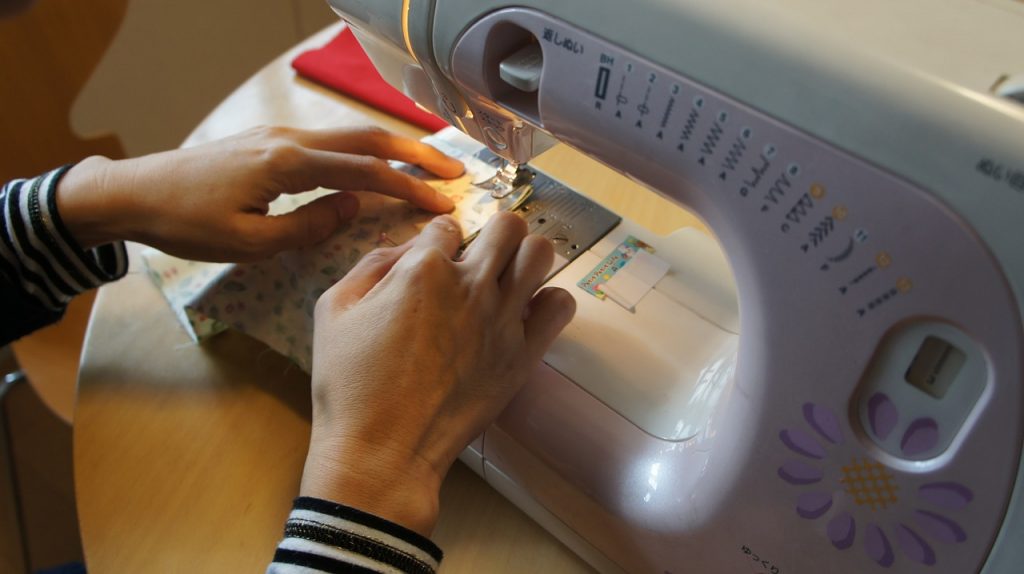Sponsored article
There are plenty of sewing machines on the market and it can be difficult to choose the one that will meet our expectations. It’s a good idea to look at the different types in order to fit the kind of equipment that works with our skills and is also ideal for quick alterations.
Durable, reliable and classic old-style equipment. The sewing machines in this category are quite a challenge, as they won’t provide you with anything extraordinary, but they will certainly be enough for everything you need, which is not a lot of alterations. These models can sometimes have automatic threading systems. They are multifunctional, which means that you can work with different materials and create all kinds of projects. Repairs are quite easy and thus such mechanical sewing machines can last for decades.
Technology is rushing forward, and these models certainly prove that to be true. You can connect a computerized sewing machine to your computer. It doesn’t even matter if you are a complete beginner in the world of sewing, because quite a few computerized models are designed for inexperienced users and beginners. For this reason, computerized sewing machines are ideal for small alterations, They have features such as automatic needle positioning and thread cutting.
These types of sewing machines are in between mechanical and computerized sewing machines. To make them easier to use, many functions are automated. The dials are sometimes analog, and sometimes they are in the form of LCD screens or illustrated representations with buttons. They can’t be connected to a computer, but they cut down on work time with useful features. There are also sewing machines with adjustable foot pressure in this type.
These sewing machines can come in different models and price ranges. Most importantly, models designed for beginners are easy to use. This translates to having less than 50 types of stitches, and everything is intuitive, so you don’t have to worry about imprecise thread cutting, threading a needle, or making a buttonhole.
Sewing machines in this category are naturally more complicated to use than those designed for beginners. More features, settings and capabilities are just some of the basic features of these models. They can make more than 50, but usually less than 100 types of stitches. These machines are semi-automatic, which means that most of their features are not difficult to learn, but it does take some time to become familiar with them. Some custom touches can be added to your projects using these types of machines.
We can divide these sewing machines into two subcategories. The first is mechanical. Of course, there are some that are advertised as beginner-friendly, but in reality, this is not the case. You need to know how to set the tension correctly, how to thread the machine, how to switch the presser feet and much more to use it properly. In other words, you need experience, and only advanced users have that. The second subcategory is computerized sewing machines. Yes, they are easier to use and therefore great for beginners. But only certain models. Other computerized sewing machines have tons of features – more than 1,000 types of stitches including decorative and letter stitches, different styles of holes, adjustable speed, adjustable length, width and so on.
